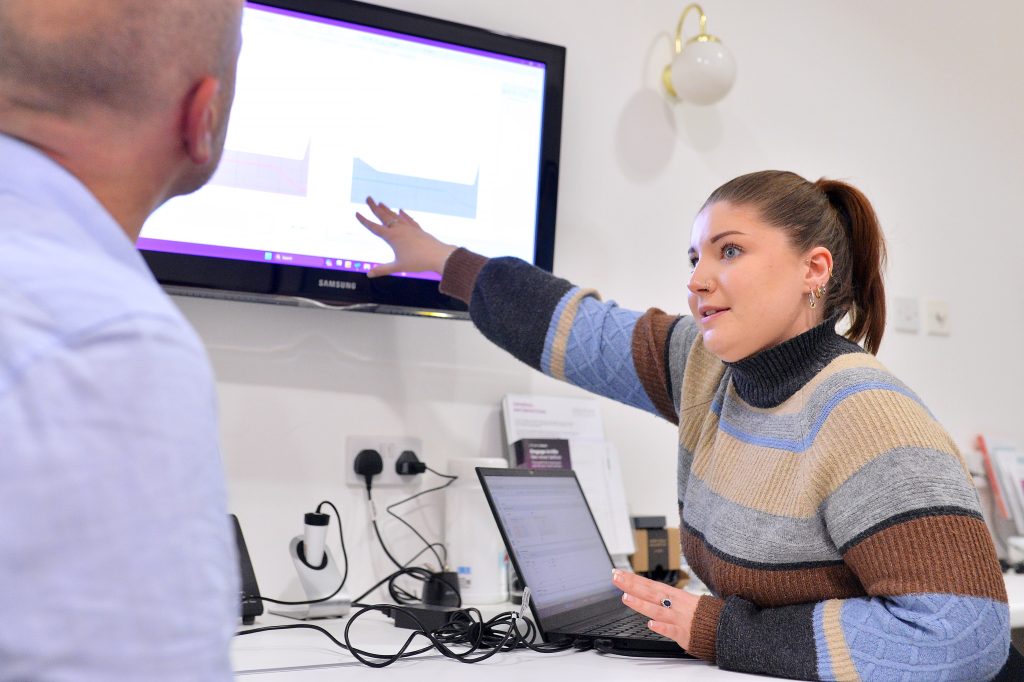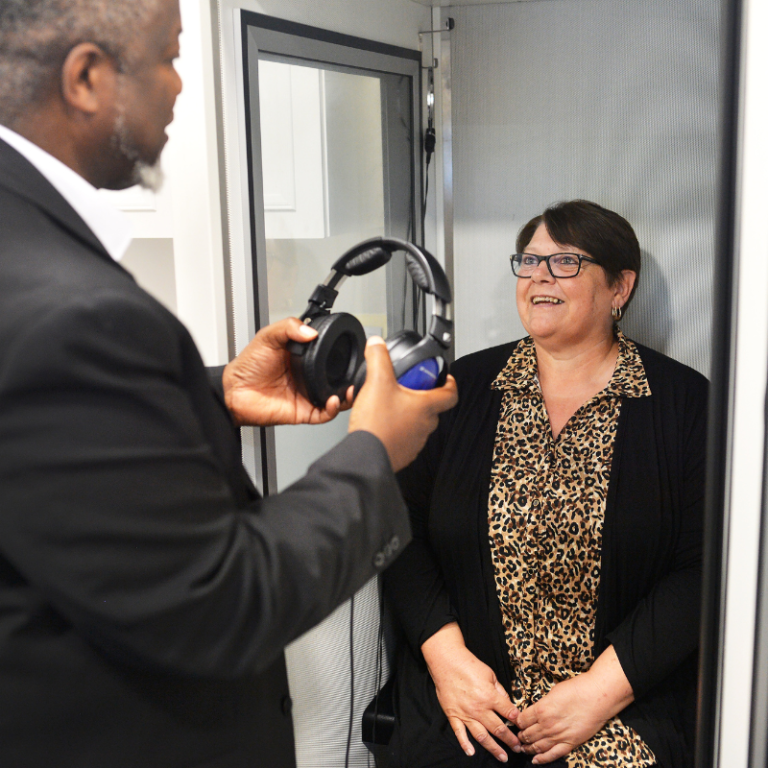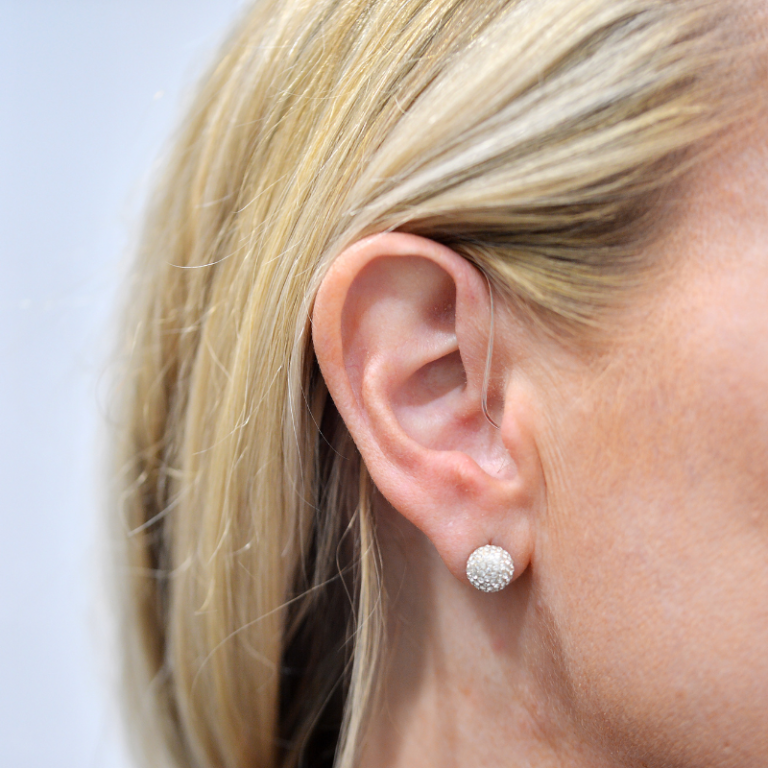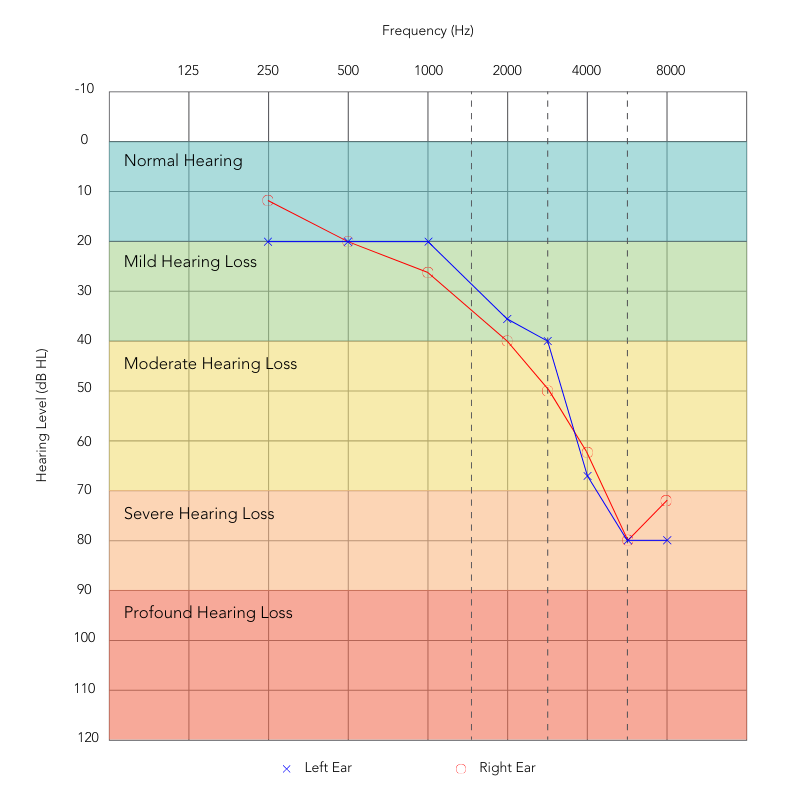Treatment options depend on your level of hearing loss
One of the most popular treatment options for many levels of hearing loss are hearing aids. They have a receiver that picks up sound and amplifies it into the ear canal – based on the patient’s level of hearing loss – to offer a tailor-made sound quality. These modern devices are a far cry from the clumsy beige models from 20 years ago. They are smaller and more discreet in almost all cases, a longer battery life, and some come armed with a wide range of different features and technological advances such as Bluetooth connectivity and much more.
Cochlear implants are offered to those with severe to profound hearing loss, particularly if it is permanent or congenital hearing loss. The devices are surgically implanted with an external piece of equipment that picks up sound and transfers it into the device which feeds directly into the auditory nerve rather than the ear canal.
Assistive technology are useful devices that can be used to help a person to hear and understand what is being said more clearly or to communicate more easily. There are many different types of assistive listening devices so speak to your audiologist or GP about options.
In order to catch hearing problems early, or to ensure you’re monitoring your hearing so it doesn’t get worse, early detection and regular check-ups are essential. At The Hearing Care Partnership, we offer free hearing assessments so we can help you catch and treat hearing issues as early as possible. Book your free hearing test today.




